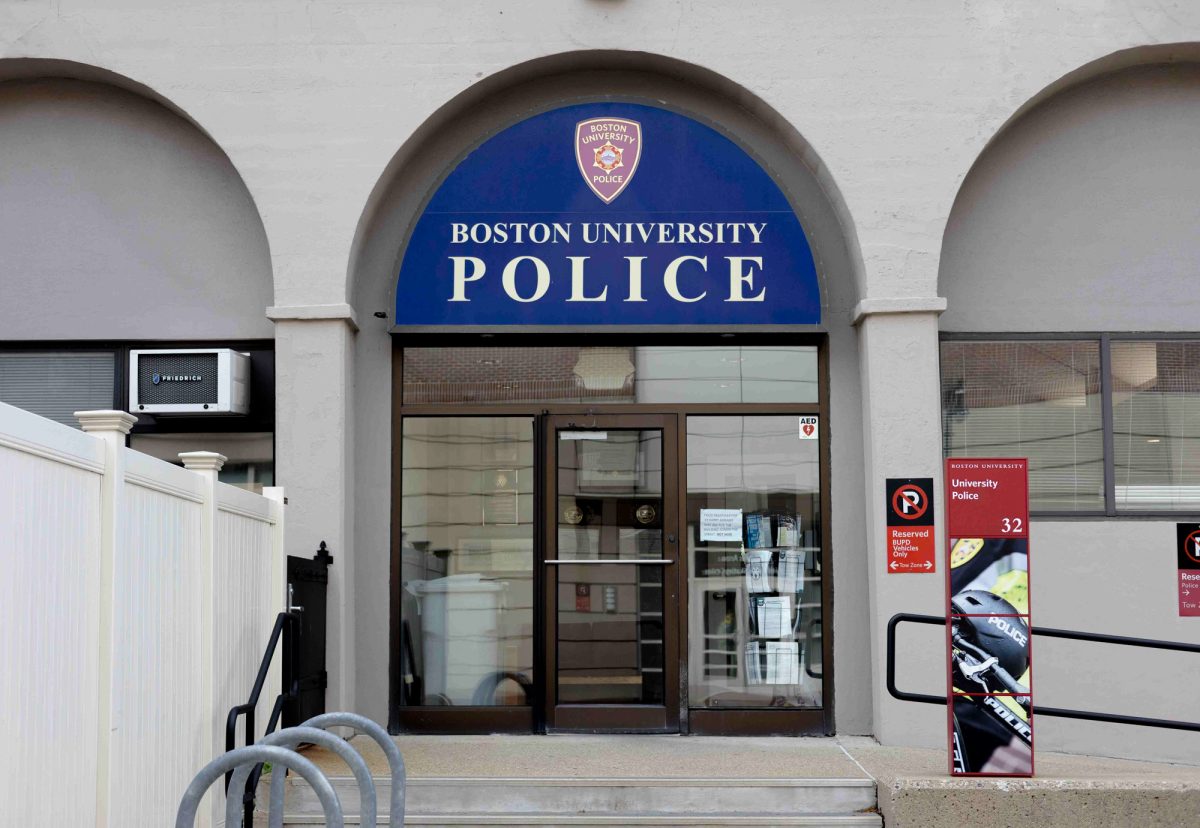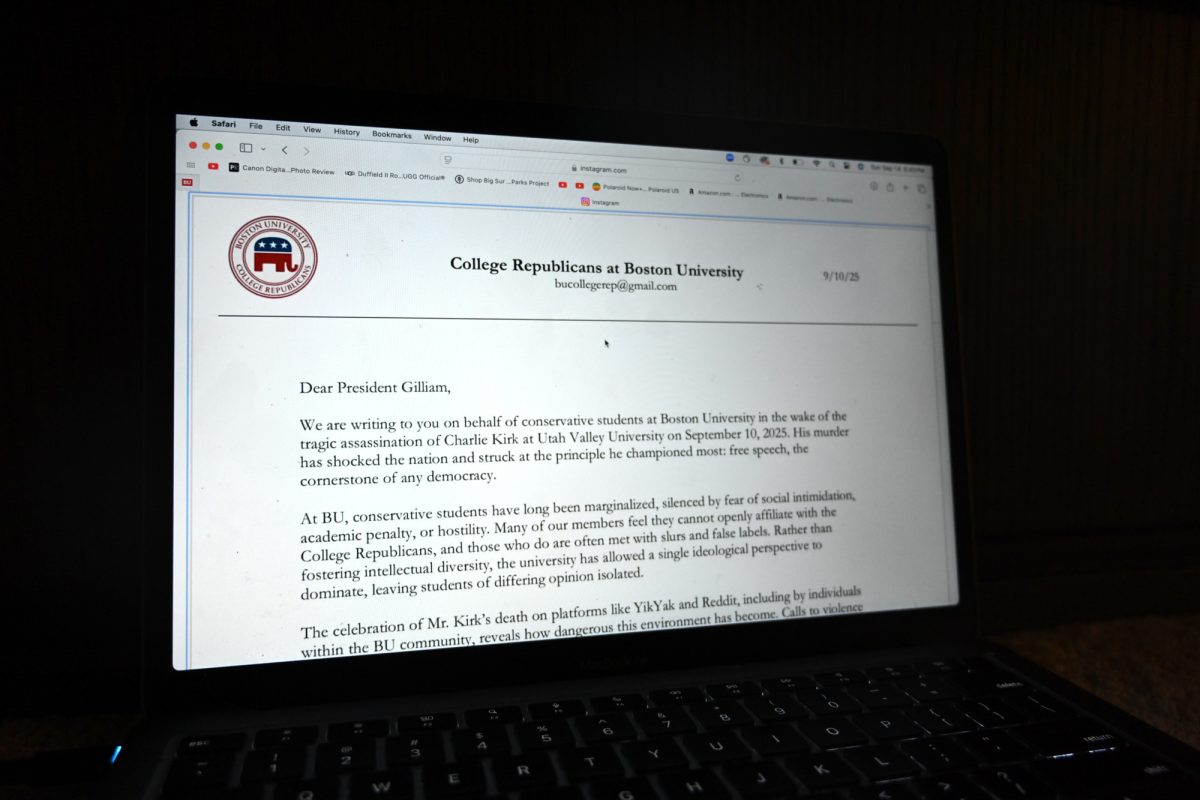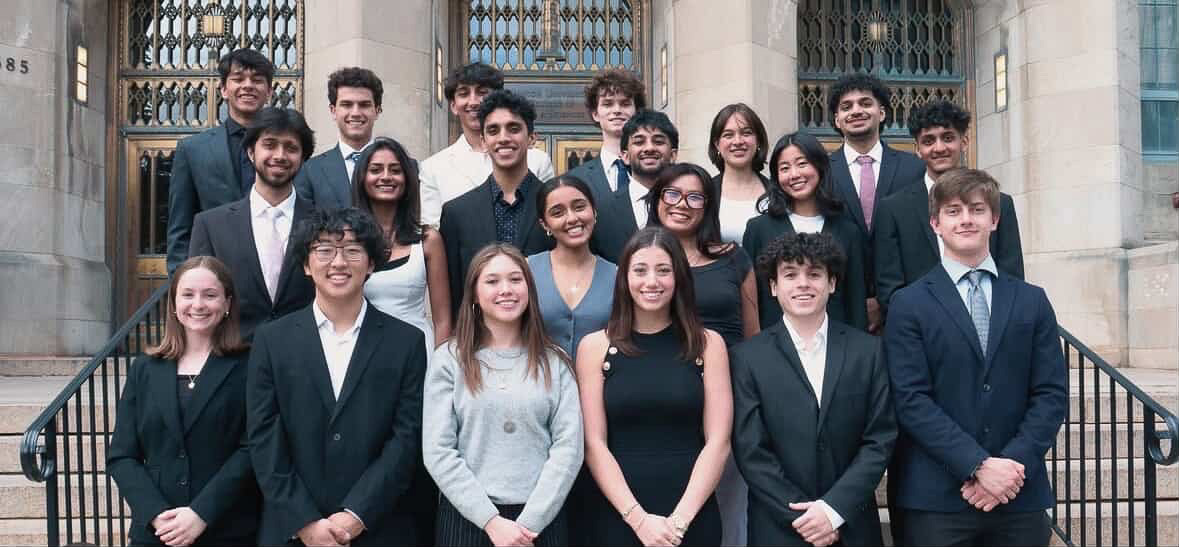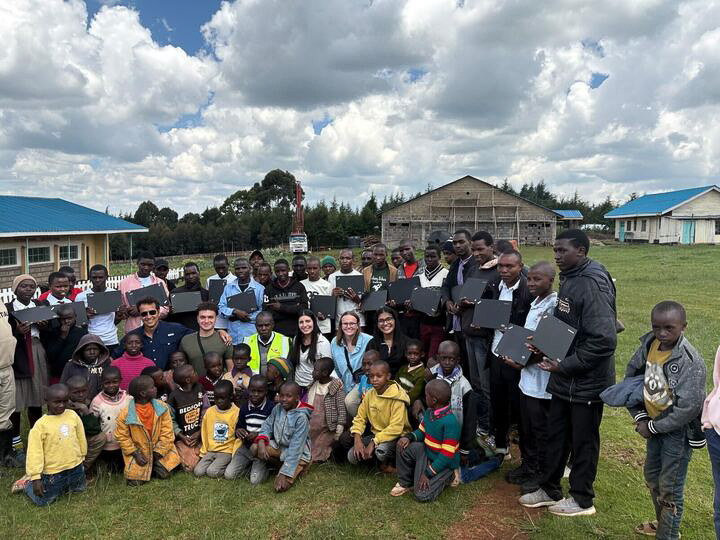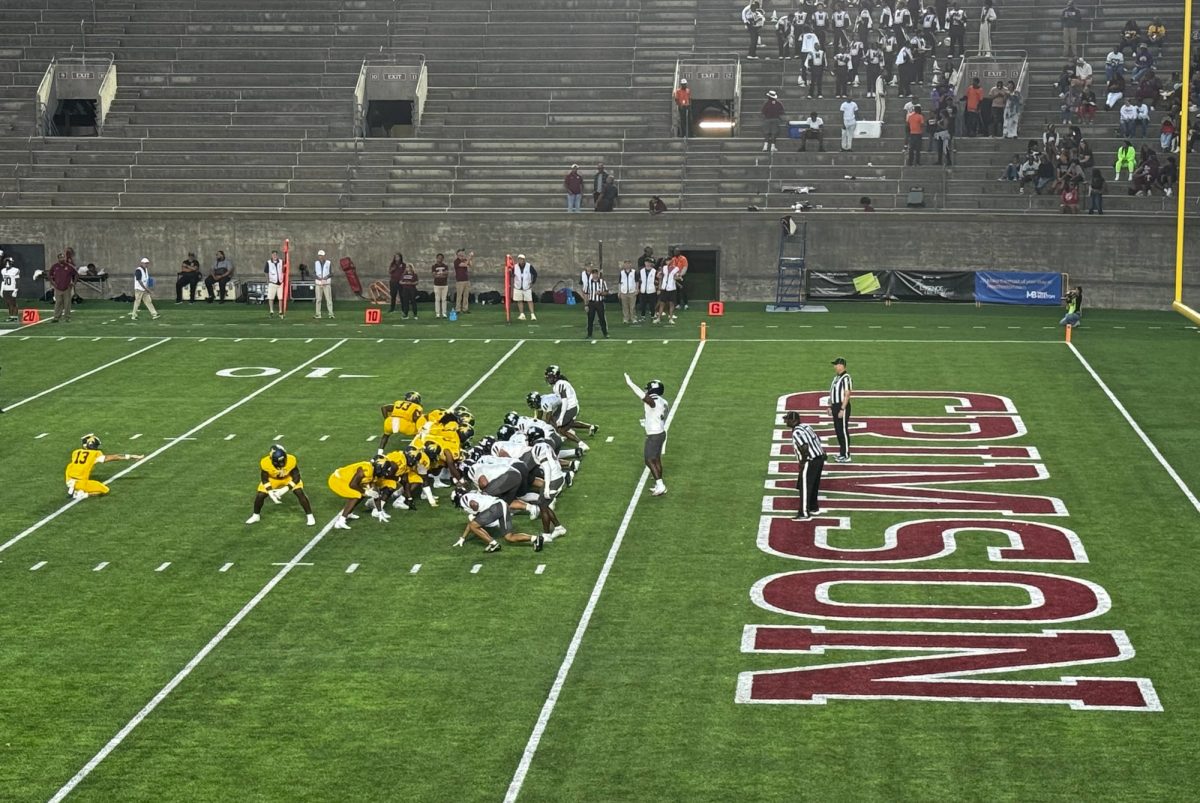Researchers at the Massachusetts Institute of Technology have developed a compact robotic helicopter that has the potential to revolutionize the future of aerial photography.
The X-Cell 60 robotic helicopter consists of a 7-lb. box of intelligence hardware mounted on a lightweight platform and an engine made of aluminum and steel. It is different from other unmanned helicopters because of its high maneuverability, said Eric Feron, an MIT professor in the Department of Aeronautics and Astronautics and the Laboratory for Information and Decision Systems.
“Our helicopter is not the first automated aircraft, but our focus on making it extremely agile is original,” Feron said.
The aircraft is able to stabilize itself after performing maneuvers at incredibly high-speeds. One such maneuver is the aileron roll, a corkscrew-like motion in which the helicopter makes a complete 360-degree turn.
The helicopter is practical because an inexperienced pilot can operate it because the machine itself performs the majority of acrobatic maneuvers.
“We have been able to automate the most difficult tasks so that a person doesn’t need a lot of skill to operate it,” Feron said.
The robotic helicopter can be used in a number of ways, Feron said. The military could use the unmanned aircraft to capture surveillance footage in hostile territories without endangering human lives. The helicopter could prove useful in search and rescue operations by allowing rescuers to survey the site of a disaster that may be inaccessible to larger aircraft.
A manufactured X-Cell 60 helicopter is expected to cost around $500,000, which is relatively inexpensive when compared to the millions of dollars that is currently spent by the United States to build a single large, unmanned aircraft.
Because it is so inexpensive, the aircraft can afford to be destroyed.
“The helicopter can be lost and still gather valuable data,” Feron said.
The helicopter has a number of potential civilian applications as well. A model that is manufactured for civilian purposes is expected to cost less than $40,000, according to an MIT press release. Rather than rent an expensive helicopter at a rate of $20,000 a day, filmmakers could purchase their own helicopter to take aerial photographs for their films. The aircraft is equipped with a vibration isolation system that protects the software inside the control box and keeps the camera steady, enabling a filmmaker to produce quality footage at a low cost.
The robotic helicopter won’t be available anytime soon, Feron said. His team’s research focuses primarily on “first-of-a-kind” technologies that often require further development before they can be implemented.
When the aircraft will be available depends on demand from clients, as well as innovations in the technology industry, Feron said. The amount of maneuvers the helicopter can perform is limited by the size and weight of the hardware materials that allow it to function autonomously. If the materials are too heavy, the aircraft will be unable to fly.

